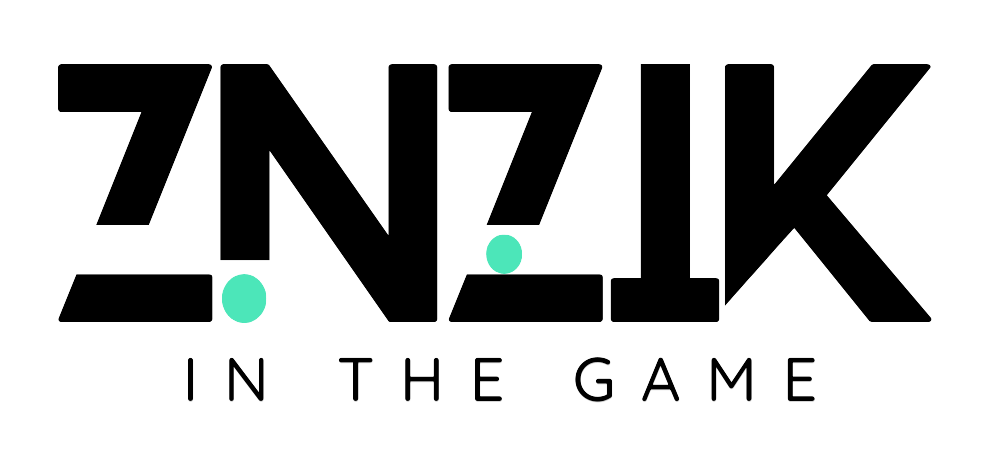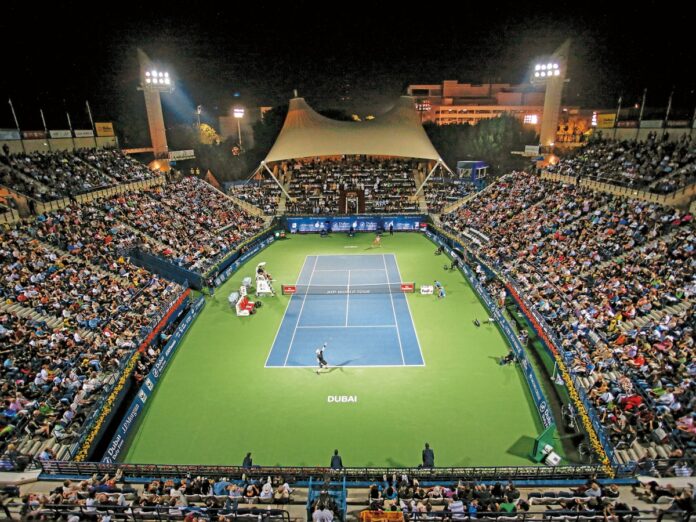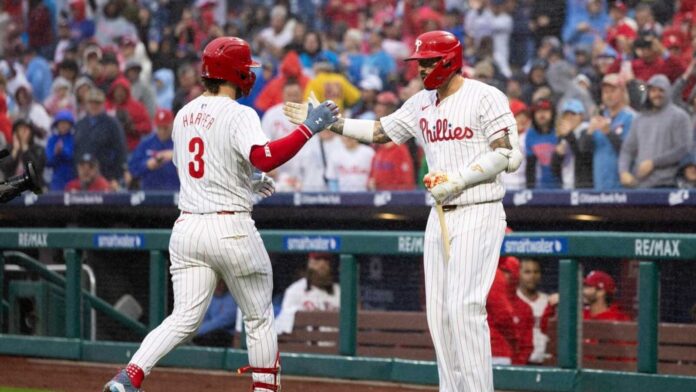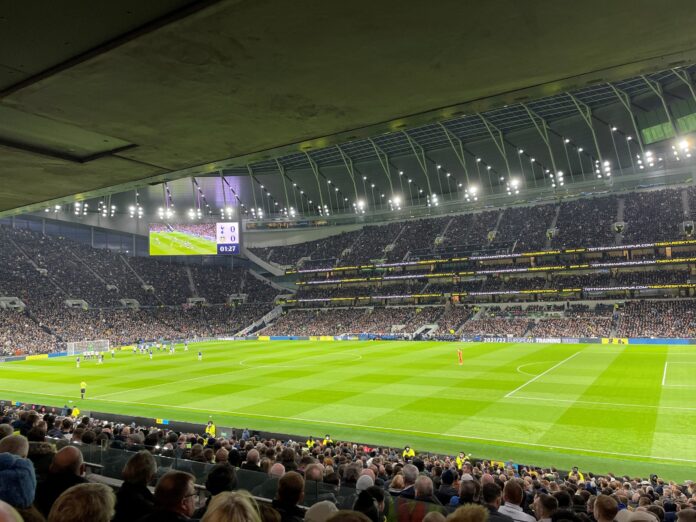#Dodgers #MLBPlayoffs #NLDS #DodgersSweep #Yamamoto #ShoheiOhtani #BlakeSnell #RokiSasaki #DodgersBaseball #OctoberBaseball
Dodgers Sweep Reds in Wild Card Series and Advance to NLDS: Yamamoto, Staff Ace, Leads the Charge
The Los Angeles Dodgers have emphatically opened their postseason campaign with a commanding sweep of the Cincinnati Reds, advancing to the National League Division Series behind dominant starting pitching performances that showcased the depth and quality of their rotation. The Dodgers rode dominant starting pitching to an 8-4 victory on Wednesday night, advancing past the Wild Card Series and eliminating the Reds, demonstrating the championship pedigree that has made them perennial October contenders.
Blake Snell and Yoshinobu Yamamoto, half of a four-man rotation, delivered consecutive masterful performances that neutralized Cincinnati’s lineup while providing the foundation for offensive explosions that turned close games into comfortable victories. The sweep extends the Dodgers’ remarkable postseason consistency while establishing them as formidable threats to claim their second World Series title in six seasons.
Historic Advancement and Championship Aspirations
Wild Card Series Sweep and Phillies Preparation
The Dodgers eliminated the Cincinnati Reds with an 8-4 victory in the final game, sweeping their first Wild Card Series and advancing to face the Philadelphia Phillies in the NLDS. This decisive victory demonstrated the Dodgers’ ability to execute under postseason pressure while managing the unique challenges of short playoff series where every pitch and at-bat carries magnified importance.
The matchup against Philadelphia represents one of the National League’s most anticipated Division Series, pitting two championship-caliber teams with deep rosters, experienced managers, and proven October performers against each other in a best-of-five series that could easily extend the full distance. The Phillies’ bye into the Division Series provided extra rest for their starting pitchers while allowing them to set their optimal rotation alignment, creating additional challenges for the Dodgers.
Shohei Ohtani has been designated as the starting pitcher for Game 1 of the NLDS, marking another chapter in his remarkable two-way career and providing the Dodgers with a strategic advantage of deploying one of baseball’s most talented and versatile players in the series opener. His unique combination of elite pitching and hitting capabilities creates matchup problems for opposing managers while generating enormous fan interest in what promises to be an epic playoff showdown.
Matching the Record for Consecutive Division Series Qualifications
The Dodgers reached the Division Series for the 13th consecutive year, equaling the Yankees’ remarkable streak from 1995-2007 that represented baseball’s modern standard for sustained excellence and organizational consistency. This achievement reflects not only the Dodgers’ championship window remaining open but the franchise’s commitment to maintaining competitive rosters through strategic investments, player development, and tactical adjustments that keep them among baseball’s elite organizations.
The consecutive Division Series appearances span different eras of Dodgers baseball, from the Clayton Kershaw-led teams of the early 2010s through the current iteration featuring international superstars like Ohtani and Yamamoto alongside homegrown talents developed through one of baseball’s most productive farm systems. The organizational continuity demonstrated through this streak reflects stable leadership, consistent philosophy, and the ability to adapt to evolving competitive landscapes.
Matching this historic achievement provides additional motivation for a franchise seeking to convert postseason opportunities into championship hardware more consistently. While reaching the Division Series represents success, the Dodgers understand that their ultimate goals require advancing deeper into October and claiming World Series titles that validate their regular season dominance and organizational excellence.
Dave Roberts’ Confidence: “We’re Built to Win It All”
Manager Dave Roberts expressed supreme confidence in his team’s championship capabilities, stating “We’re built to win it all” and reflecting the internal belief that this roster possesses the talent, depth, and experience necessary to navigate the challenges of postseason baseball. His assessment acknowledges the roster’s impressive collection of MVP candidates, Cy Young contenders, and proven October performers who understand what championship baseball demands.
Roberts’ confidence stems from observing how his team has responded to adversity throughout the season, from integrating new international stars to managing injury concerns while maintaining championship-level performance across 162 games. The mental toughness and tactical flexibility demonstrated during the regular season provide evidence that this group possesses the intangibles necessary for postseason success beyond simply roster talent.
The manager’s public expression of championship belief serves multiple purposes, signaling confidence to his players while establishing expectations that anything short of World Series victory represents underachievement for a roster of this caliber. This pressure, rather than overwhelming the team, appears to galvanize their focus and commitment to executing the fundamentals that separate championship teams from talented squads that fall short of ultimate success.
The Unstoppable Dominance of the Starting Staff
Yoshinobu Yamamoto, 2025 Rotation Leader
Yoshinobu Yamamoto ascended to the role of staff ace in a dominant sophomore season, establishing himself as the Dodgers’ most reliable and effective starting pitcher through consistent excellence that earned Cy Young Award consideration. His transformation from promising international acquisition to bona fide ace demonstrates both his exceptional talent and his ability to adapt to Major League Baseball’s unique demands.
Yamamoto was the only member of the rotation to make every scheduled start, leading the team with 173 2/3 innings pitched while demonstrating the durability and consistency that define ace-level starters. This reliability proved invaluable for a rotation that faced various injury concerns throughout the season, as Yamamoto’s consistent presence allowed manager Dave Roberts to plan with certainty while other rotation spots experienced turbulence.
His Cy Young-caliber season featured elite strikeout rates, excellent command metrics, and the ability to pitch deep into games while maintaining effectiveness through multiple trips through opposing lineups. The combination of his devastating splitter, improving fastball command, and expanding repertoire of secondary pitches has transformed him into one of baseball’s most difficult pitchers to solve, particularly in high-leverage postseason situations.
Game 2 Masterpiece: 113 Pitches and Sixth Inning Escape
Yamamoto struck out 9 and pitched into the 7th inning, throwing a career-high 113 pitches in a performance that demonstrated both his physical conditioning and his competitive mentality in crucial postseason moments. The pitch count significantly exceeded his regular season averages, reflecting Roberts’ trust in his ace to deliver when the season hung in the balance while also highlighting Yamamoto’s willingness to push beyond normal limits.
After allowing two unearned runs in the first inning that could have derailed lesser pitchers, Yamamoto settled into a dominant groove, retiring 13 consecutive batters and demonstrating the mental toughness necessary for postseason success. This ability to flush early adversity and refocus on executing his game plan exemplifies the championship mentality that separates elite postseason performers from talented pitchers who struggle under October’s heightened pressure.
The sixth inning presented Yamamoto’s defining moment when he faced bases-loaded with no outs, a situation that often produces game-changing runs and shifts momentum decisively toward the offense. Instead, Yamamoto elevated his performance, striking out Sal Stewart and Elly De La Cruz on devastating splitters that showcased both his best pitch and his ice-water composure in the highest-leverage situations. This escape act preserved the Dodgers’ lead while deflating Cincinnati’s hopes for a comeback that would have forced a decisive Game 3.
Blake Snell’s Efficiency
Snell and Yamamoto combined to allow just two earned runs in 13 2/3 innings throughout the series, establishing a standard of starting pitching excellence that few playoff teams can match. This dominant pitching provided the foundation for offensive success by keeping games close and manageable while allowing the Dodgers’ powerful lineup to gradually break down opposing pitchers through sustained at-bat quality.
Snell’s Game 1 performance set the tone for the series by delivering seven strong innings that neutralized Cincinnati’s offensive threats while demonstrating the tactical sophistication and pitch execution that characterize elite postseason starting pitching. His ability to work efficiently through innings while minimizing hard contact reflected both his exceptional stuff and his understanding of how to navigate playoff lineups that arrive with detailed scouting reports and specific game plans.
The starting pitching excellence extends beyond Snell and Yamamoto to encompass the entire four-man rotation that the Dodgers have carefully constructed through international signings, trades, and player development. This depth provides tactical flexibility while ensuring that even if one starter struggles, the team retains confidence in their next pitching matchup.
Powerful Offense and Key Sequences
Lineup Depth: Ohtani, Betts, Freeman and Hernandez Leading
The top of the Dodgers’ lineup accumulated 15 of the team’s 28 hits during the series, demonstrating the concentration of elite offensive talent that makes this team so difficult to pitch against across nine innings. Mookie Betts had 4 hits with 3 doubles and 3 RBI, exemplifying the kind of multi-dimensional offensive performance that defines championship-caliber players in October pressure situations.
Shohei Ohtani’s presence atop the lineup creates immediate pressure on opposing pitchers who understand that failing to execute against the superstar often leads to extended rallies as subsequent hitters capitalize on elevated pitch counts and compromised stuff. His combination of power, plate discipline, and baserunning threat forces pitchers into uncomfortable situations where every pitch carries enormous consequence.
Freddie Freeman’s veteran presence and proven October performance record provides stability in crucial situations while his left-handed bat creates lineup balance that prevents opposing managers from deploying specialized relievers without compromise. Teoscar Hernandez’s power threat from the cleanup position ensures that pitchers cannot pitch around the top three hitters without facing equally dangerous offensive talent in subsequent at-bats.
Decisive Four-Run Rally
The offense exploded for four runs immediately after Yamamoto neutralized the bases-loaded threat in the sixth inning, demonstrating the momentum shifts that characterize postseason baseball and the Dodgers’ ability to capitalize on emotional swings. This rally transformed a competitive game into a comfortable victory while validating Yamamoto’s heroic escape act by ensuring his gutsy performance resulted in the win he deserved.
The timing of this offensive explosion reflected the psychological impact of Yamamoto’s sixth inning escape, as the Dodgers’ hitters clearly fed off their ace’s energy while Cincinnati’s pitchers and fielders dealt with the deflating reality of squandering their best scoring opportunity. These momentum swings often prove decisive in short playoff series where confidence and belief can fluctuate dramatically based on single pitches or plays.
The rally’s composition featured contributions from multiple lineup positions rather than relying exclusively on star power, demonstrating the offensive depth that makes the Dodgers so dangerous throughout their lineup. This balanced attack prevents opposing managers from implementing strategic pitching changes or defensive alignments designed to neutralize specific threats, as every hitter represents a potential rally catalyst.
Bullpen Challenges and Roki Sasaki’s Impact
Recurring Reliever Struggles
The bullpen, which had been identified as a “potential obstacle” during the summer months, made the late innings more interesting than anticipated, continuing patterns of inconsistency that have concerned the organization despite their overall success. Emmet Sheehan was removed mid-at-bat during the eighth inning, illustrating the difficulties and trust issues that have plagued the relief corps when protecting leads in high-leverage situations.
The bullpen’s struggles create tactical challenges for Dave Roberts, who must balance his desire to let starting pitchers work deep into games against the need to protect their arms for potential future starts. This tension becomes particularly acute in short playoff series where starters might be required on short rest or in relief roles if initial plans fail to materialize as anticipated.
The inconsistency from relievers raises questions about the Dodgers’ ability to close out close games in later playoff rounds where opposing offenses feature more quality and depth than Cincinnati provided. Championship teams typically require reliable relief pitching to navigate the final innings of crucial games, making the bullpen’s performance a legitimate concern despite the starting rotation’s excellence.
Roki Sasaki’s Arrival as the X-Factor
Roki Sasaki, the Japanese rookie starting pitcher converted to a relief role, stunned the Reds with triple-digit fastballs and devastating splitters while closing out the ninth inning, providing a much-needed boost to the struggling bullpen. His performance demonstrated both his exceptional talent and his willingness to embrace whatever role the team requires, characteristics that could prove invaluable as the postseason advances.
Sasaki’s conversion to relief work represents a creative solution to the Dodgers’ bullpen concerns while maximizing the value of a talented young arm who might not have received consistent starting opportunities given the established rotation. His power arsenal plays particularly well in short relief stints where hitters lack opportunities to adjust to his overpowering stuff across multiple at-bats.
The psychological impact of discovering a potential shutdown reliever during the playoffs cannot be overstated, as Sasaki’s emergence provides Roberts with an additional high-leverage option while potentially allowing him to deploy other relievers in less critical situations where their limitations might be less exposed. If Sasaki can maintain this level of performance, he could transform from organizational depth piece to postseason hero whose contributions prove decisive in the Dodgers’ championship pursuit.
Dodgers sweep Reds in Wild Card Series, advance to …











